What They Are, How They Spread & Prevention
1 Comment
Disinfecting is an important step of any cleaning routine especially during Flu Season. There are different types of disinfectants as well as different methods for disinfecting. We’ll get to those later, because no matter your disinfectant method the first step is to clean. 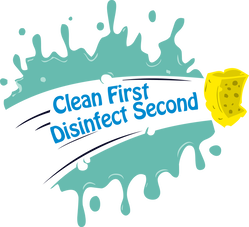 What’s the difference between cleaning and disinfecting? Cleaning refers to the removal of dirt and grime from a surface. With cleaning tools such as sponges or cloths, cleaning simply moves germs and bacteria around a surface or from one surface to another. Disinfecting refers to the killing of a high percentage of germs and/or rendering them incapable of reproducing. Therefore, a surface can look clean and still be covered in dangerous bacteria. However, cleaning is still an important step to properly disinfecting a surface. Prior to disinfecting, a person should remove all visible soils from the area they wish to disinfect. Skipping this could affect the success of disinfection because the organic matter on a surface can interfere with microbial inactivation. There are many disinfectant cleaners on the market today that have the cleaning abilities you need along with being a disinfectant. Essentially you are getting two products in one (great!). However, that does not equate to cleaning and disinfecting being done in one step necessarily. Instructions may vary, but for most disinfectant cleaners the user will need to use a technique the industry refers to as spray-wipe-spray. Meaning if a surface is visibly soiled, you would want to spray the disinfectant cleaner, wipe away the soil and then spray again and follow disinfecting instructions and dwell times listed on the label. 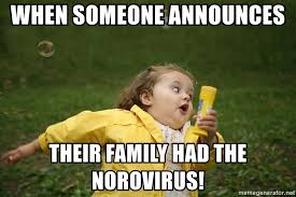 Norwalk Virus, more commonly known as Norovirus, causes inflammation of the stomach and intestines leading to diarrhea, vomiting and stomach pain. You know… all the fun stuff! Norovirus is often times mistaken for the flu or food poisoning. While Norovirus is the leading cause of foodborne illness, many other germs and chemicals can also cause what we call food poisoning. Although it is not related to the flu (influenza), they do share some of the same symptoms. There is not a vaccine to prevent Norovirus and no drug to treat infected people. Therefore, understanding and prevention is critical as symptoms of Norovirus can be severe. 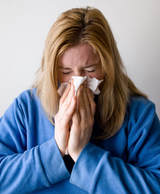 Proper handwashing, particularly before and after certain activities, is one of the best ways to remove germs and avoid getting sick. One study found that 95% of people do not wash their hands correctly after using the restroom, 2 in 3 people forget the soap, and 1 in 10 skip the process entirely. This isn’t good news for the quickly approaching Flu Season. It is the general consensus among health care professionals that after receiving a flu vaccine, proper hand hygiene is the second most important way to avoid the flu. However, they don’t mean rinsing your hands off for 5 seconds and wiping them dry on your shirt. There are easy techniques to follow that will get those nasty germs off your hands. |
Archives
April 2020
Categories
All
|
- Home
-
Products
- Aerosols
- Air & Surface Purification Technology
- Closed Loop
- Carpet Care
- COVID-19
- Degreasers
- Deodorizers
- Dietary/Kitchen
- Dishmachine Programs
- Disinfectants
- Floor Equipment
- Floor Cleaners
- Floor Care
- Floor Care - Gym
- Hand & Body Wash
- Janitorial
- Laundry
- Multi-Purpose
- Restroom Care
- Specialty
- Window Cleaners
- Resources
- Contact Us
- Blog
- Home
-
Products
- Aerosols
- Air & Surface Purification Technology
- Closed Loop
- Carpet Care
- COVID-19
- Degreasers
- Deodorizers
- Dietary/Kitchen
- Dishmachine Programs
- Disinfectants
- Floor Equipment
- Floor Cleaners
- Floor Care
- Floor Care - Gym
- Hand & Body Wash
- Janitorial
- Laundry
- Multi-Purpose
- Restroom Care
- Specialty
- Window Cleaners
- Resources
- Contact Us
- Blog
Actual product appearance may vary slightly from pictured item.

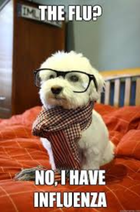
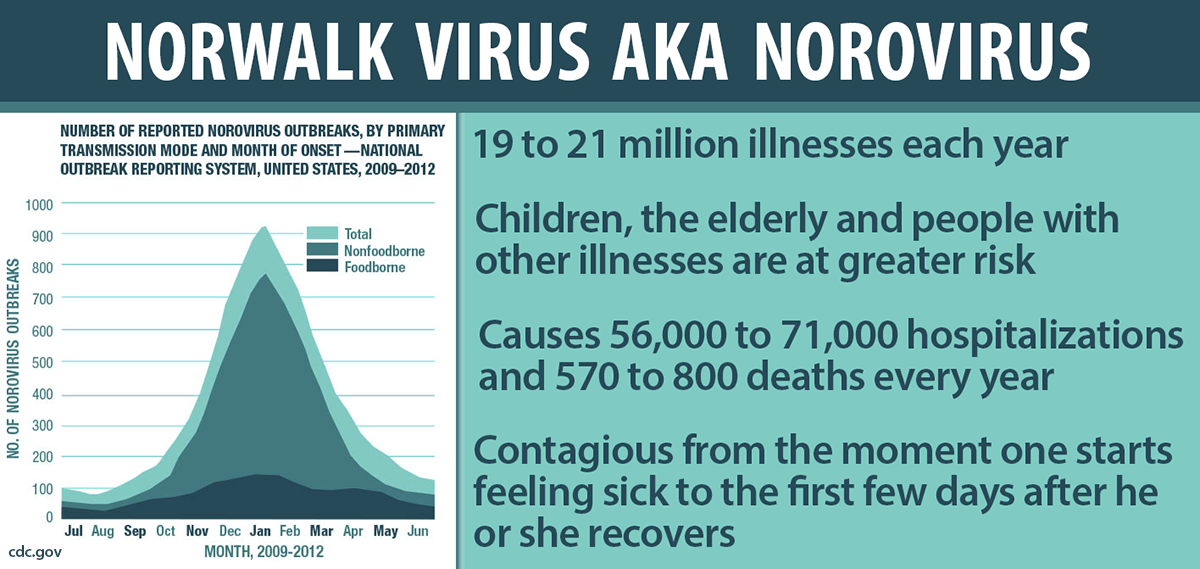
 RSS Feed
RSS Feed